The retail landscape is constantly evolving, and even the most recognizable home brands aren’t immune to changing consumer habits, economic pressures, and industry disruptions. While some companies adapt and thrive, others struggle to keep up with shifting trends in sustainability, e-commerce, and affordability. Once-beloved brands that have been household staples for decades are now facing store closures, declining sales, or financial instability. Here are some popular home brands that could be at risk of disappearing altogether by the end of 2025.
1. Campbell’s Microwaveable Soups
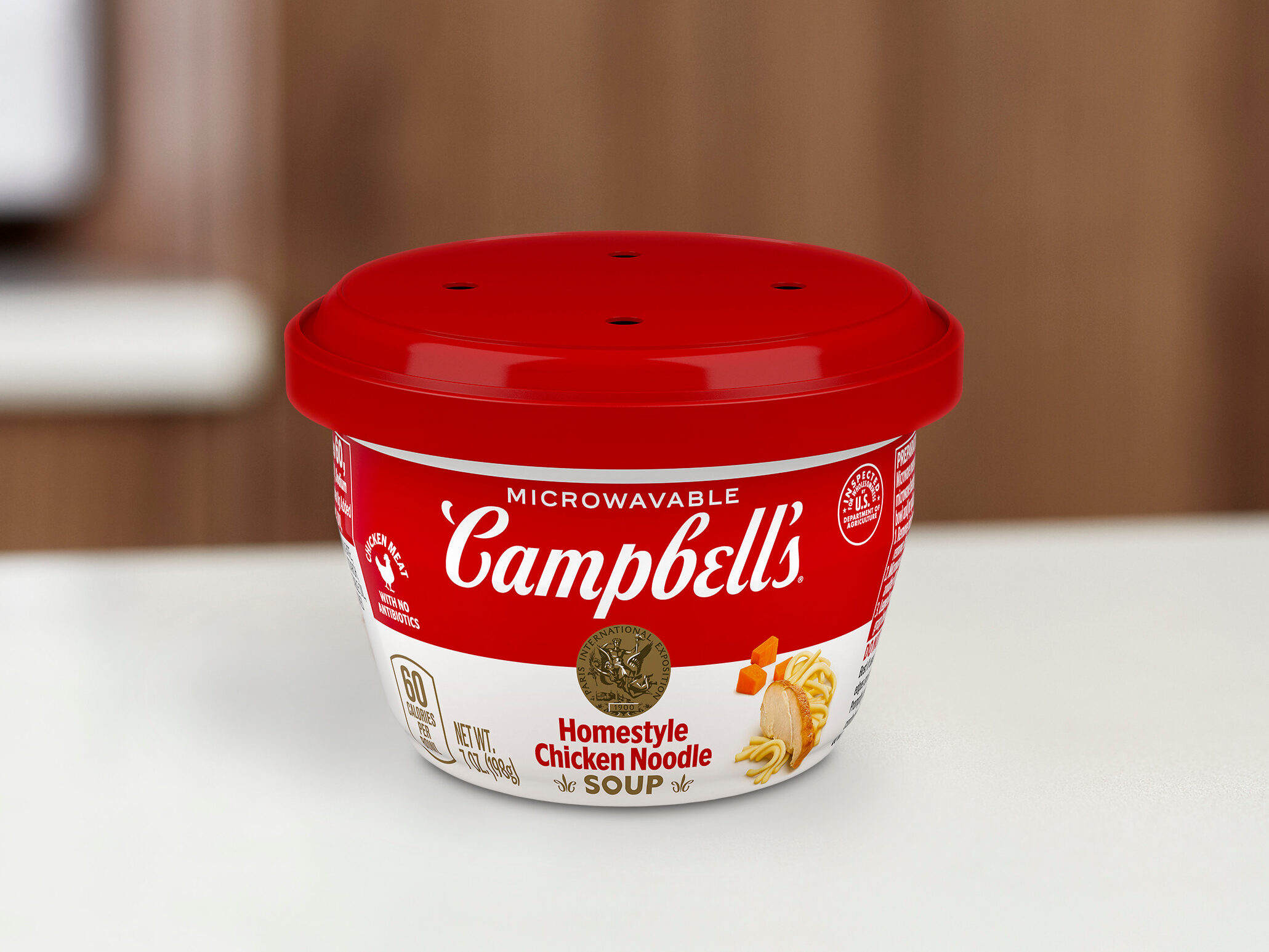
Campbell’s Soup remains a pantry staple, but its line of microwaveable soups in plastic containers is slowly vanishing in 2025. Despite being marketed as a convenient meal option, these soups failed to maintain consumer interest in the face of rising concerns about plastic waste and health. With consumers gravitating toward fresh, ready-made soups or traditional canned options that feel less processed, the microwaveable line is quietly being phased out.
According to The New York Times, consumer priorities have shifted toward sustainability, with many actively avoiding single-use plastics in favor of recyclable or compostable packaging. Campbell’s microwaveable soups faced criticism for their environmental impact and failed to adapt to this growing movement. The company is now investing in more sustainable packaging for its core products, hoping to win back eco-conscious consumers.
2. Breyers Fat-Free Ice Cream
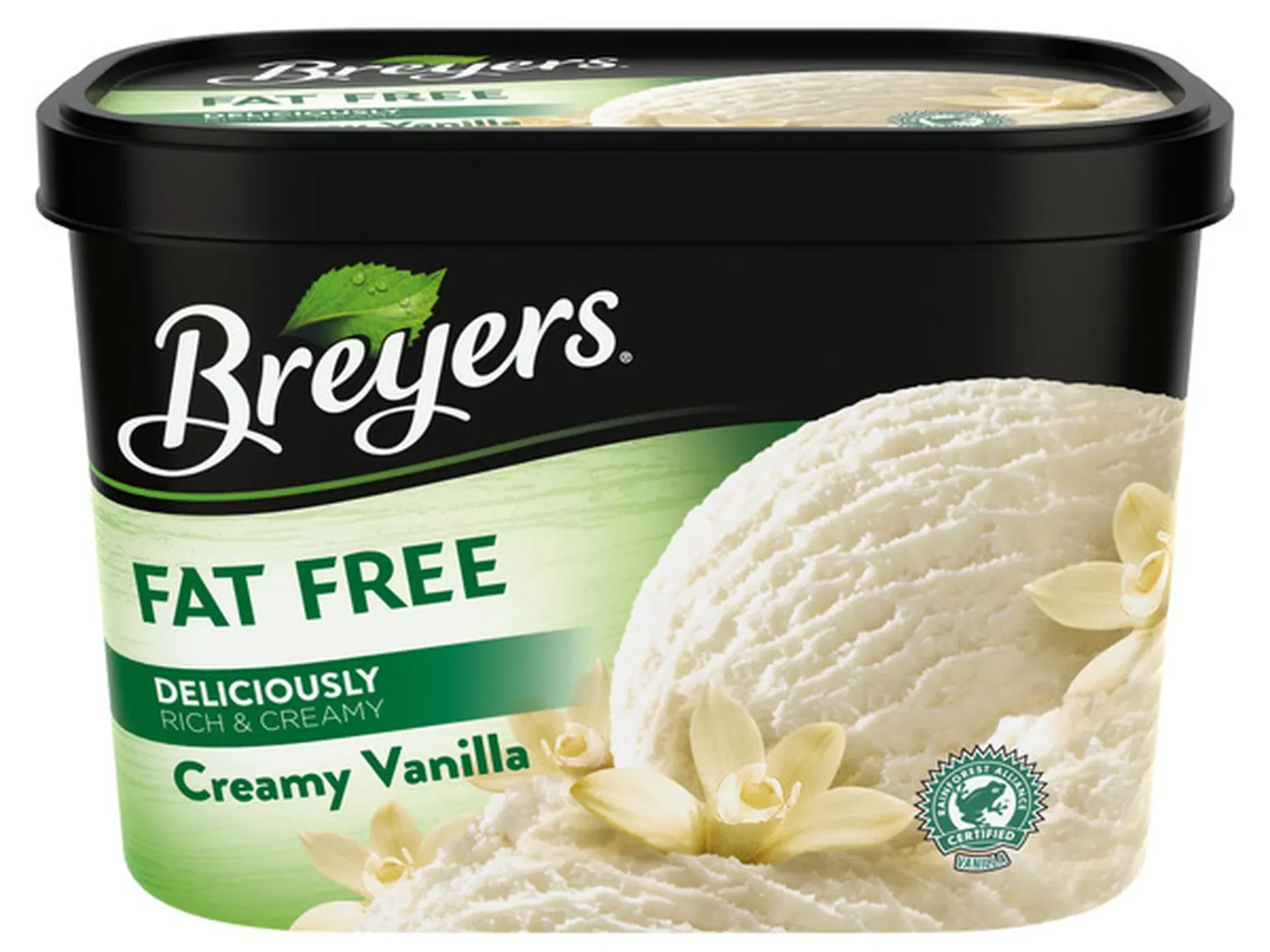
Breyers, a well-known ice cream brand, is phasing out its fat-free ice cream options in 2025 as consumer preferences shift away from overly processed diet foods. Once marketed as a guilt-free dessert, fat-free ice cream has lost its appeal to buyers who prioritize taste and natural ingredients over calorie counting. The rise of premium, indulgent ice cream brands like Ben & Jerry’s and Häagen-Dazs has further overshadowed Breyers’ fat-free options.
As reported by The New York Times, many consumers now view fat-free and diet products as outdated remnants of the 1990s and early 2000s. Instead, buyers are opting for full-fat ice cream, vegan alternatives, or low-calorie brands like Halo Top that offer better flavors and textures. Breyers is focusing on its classic and lactose-free lines to stay competitive, leaving its fat-free products to quietly disappear from store shelves.
3. Tupperware’s Lifetime Guarantee
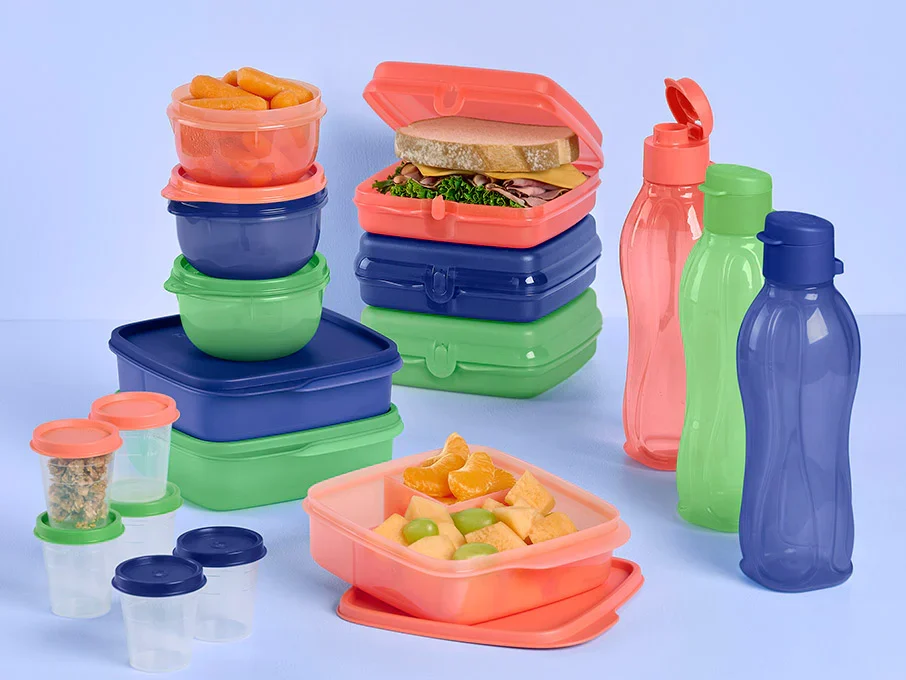
Tupperware, a brand synonymous with food storage, has been struggling financially for years, and in 2025, one of its most iconic features—the lifetime guarantee—is being quietly discontinued. While Tupperware remains available, the company’s shift toward lower-cost, mass-market alternatives has made its once-unparalleled quality harder to maintain. The lifetime guarantee, which once assured consumers of the brand’s durability, is no longer feasible as Tupperware competes with cheaper competitors.
As highlighted by The Wall Street Journal, Tupperware has faced increasing pressure from reusable food storage options like Pyrex and eco-friendly silicone alternatives. Additionally, many consumers are opting for disposable or lower-cost containers, eroding Tupperware’s market share. While the company hopes to reinvent itself with modern designs and digital marketing, the loss of its lifetime guarantee signals a shift away from its legacy as a premium brand.
4. Victoria’s Secret’s Swimwear Line

Victoria’s Secret once dominated the swimwear industry, but its swim line is disappearing again in 2025 after a brief revival. The brand first discontinued its swimwear in 2016 but reintroduced it in 2019 in response to customer demand. However, stiff competition from more inclusive and body-positive swimwear brands, coupled with the declining popularity of Victoria’s Secret’s image, has made it difficult for the line to thrive.
According to CNN, younger shoppers are gravitating toward brands like Aerie, Summersalt, and ASOS, which prioritize diversity, comfort, and affordability. Victoria’s Secret’s swimwear struggled to compete in a market that has moved beyond the hyper-sexualized marketing that once defined the brand. While the company continues to focus on rebranding its core lingerie products, the quiet disappearance of its swim line reflects its challenges in staying relevant to modern consumers.
5. iHome Alarm Clocks
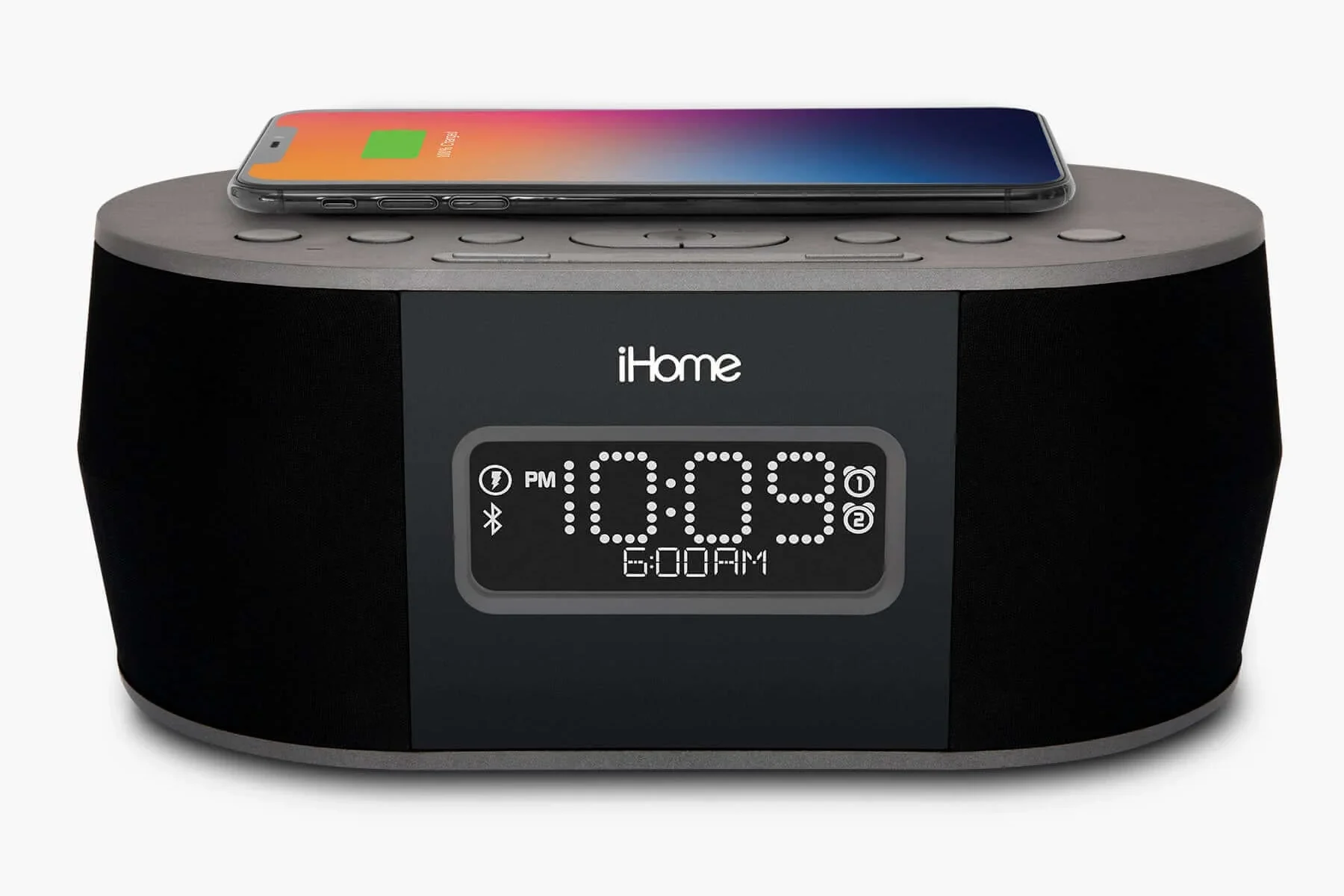
iHome, once a leader in alarm clocks with built-in docking stations for iPods and iPhones, is seeing its relevance fade in 2025. With the rise of smart home devices like Amazon Echo and Google Nest, traditional alarm clocks have become increasingly obsolete. iHome’s inability to fully pivot to the smart home market left its products struggling to compete with voice-activated devices that offer far more functionality.
Consumers now expect their devices to integrate seamlessly with their digital lives, from controlling smart lights to playing music on demand. iHome’s products, which were innovative in the early 2000s, no longer meet these expectations. As smartphones and smart home devices take over, iHome alarm clocks are quietly disappearing, marking the end of an era for the once-popular brand.
6. Arm & Hammer’s Detergent Tablets
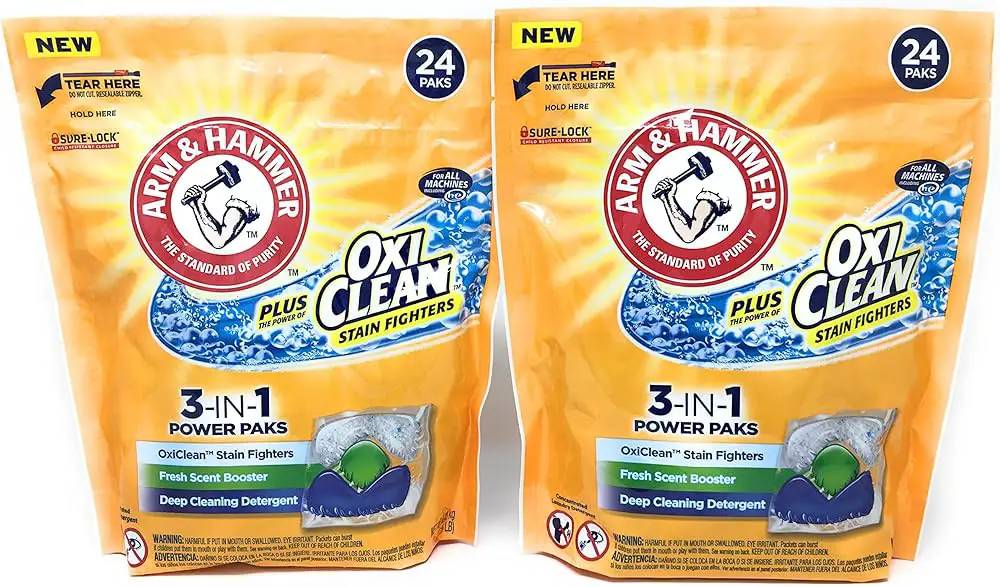
Arm & Hammer has long been synonymous with cleaning and deodorizing, but their detergent tablets have been quietly phased out in 2025. While the brand remains a powerhouse for other cleaning products, these tablets failed to keep pace with the growing demand for more sustainable and versatile options like liquid detergents and laundry pods. Tablets often lacked the convenience of pods and required additional storage space, leaving them overshadowed by products that better meet modern consumer needs.
The laundry market has shifted dramatically in favor of compact, eco-friendly solutions, such as concentrated liquids and dissolvable pods. Arm & Hammer’s inability to adapt their detergent tablets to changing trends likely contributed to their slow disappearance. Consumers who were fans of this product are now left searching for alternatives that offer the same cleaning power without the added bulk.
7. Crayola’s Digital Design Kits
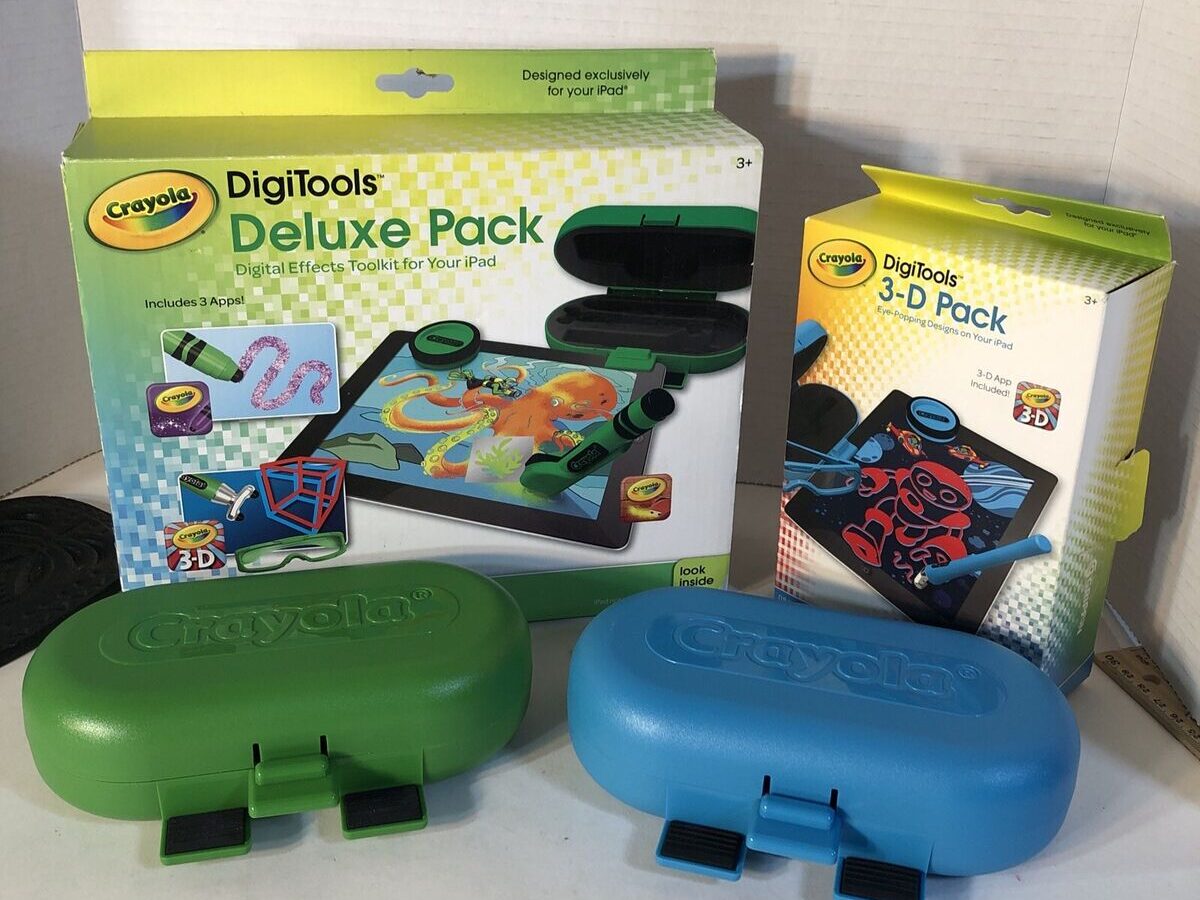
Known for its iconic crayons, Crayola tried to tap into the digital design space with a series of creative software and kits aimed at kids. Unfortunately, these products never gained the traction Crayola had hoped for, as many parents found them overly complicated and less engaging than traditional art supplies. In 2025, Crayola is quietly pulling its digital design kits from the market, focusing instead on its classic crayons, markers, and physical creative tools.
The educational toy market is now dominated by brands offering seamless digital experiences that integrate with smart devices. Crayola’s kits, which often required additional downloads or hardware, struggled to compete. The company is pivoting back to its roots, emphasizing timeless products that encourage hands-on creativity rather than digital ones that failed to resonate with its core audience.
8. Sears Home Services

Once a household name in retail and home repair, Sears has been in decline for years, and in 2025, its Sears Home Services division is quietly fading away. This division, which offered appliance repair and installation, struggled to remain relevant as competitors like Home Depot and Lowe’s expanded their own service offerings. Declining brand recognition and the closure of Sears stores nationwide further eroded consumer trust in the company’s services.
Sears Home Services has been losing market share to more established and tech-integrated competitors. Companies like Amazon Home Services and Angi (formerly Angie’s List) offer streamlined, app-based solutions that cater to younger, tech-savvy homeowners. Sears’ outdated business model and lack of innovation left it unable to compete, marking the end of another chapter for the once-iconic brand.
9. OxiClean Spray Cleaners
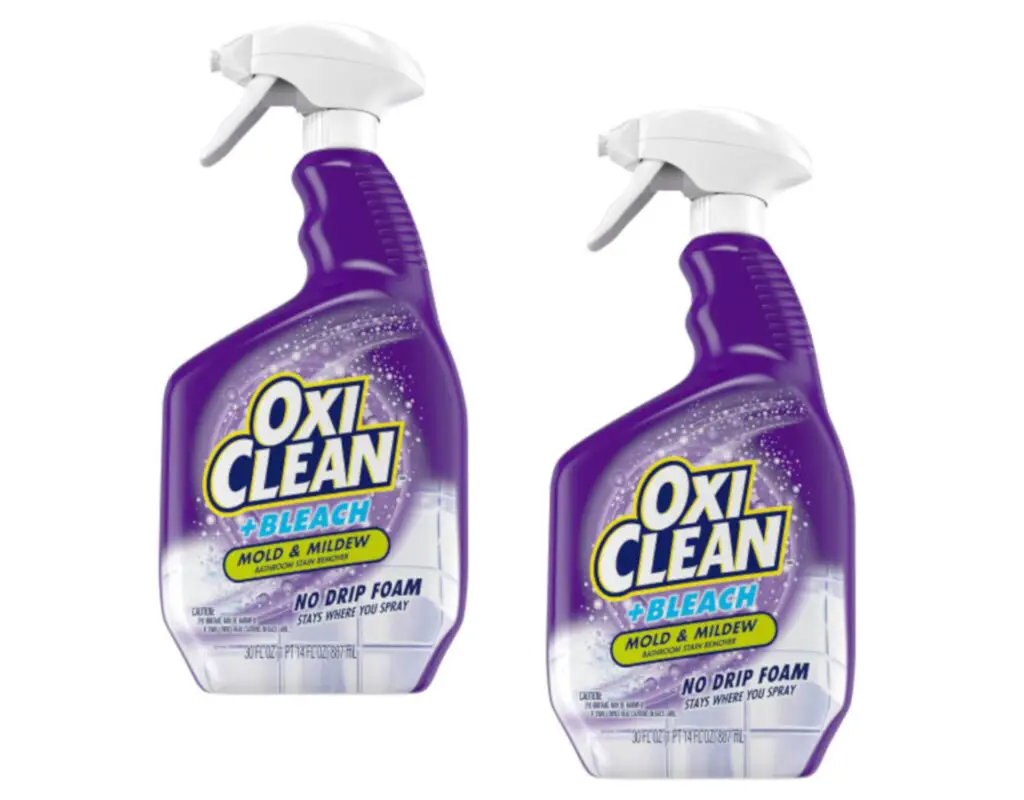
OxiClean, best known for its powerful stain removers, is seeing its line of spray cleaners disappear in 2025. While their powders and liquid additives remain popular, the sprays couldn’t stand out in an already crowded market dominated by multi-surface cleaners like Lysol and Method. Consumers also reported that the sprays didn’t deliver the same stain-fighting power OxiClean is known for, leading to a lack of repeat purchases.
The household cleaner market has shifted toward versatile, plant-based products that appeal to eco-conscious buyers. OxiClean’s sprays failed to offer the same versatility or environmental benefits, leading to their quiet removal from shelves. By refocusing on their core powder and liquid products, OxiClean hopes to strengthen its reputation in the laundry and stain-removal space.
10. Dr. Scholl’s Dress Shoes

Dr. Scholl’s has long been associated with foot comfort, but its line of dress shoes is quietly disappearing in 2025. While the brand’s orthopedic insoles and casual footwear remain popular, its dress shoes failed to keep pace with evolving fashion trends and the growing demand for hybrid, all-day comfort shoes. The shift to remote work during the pandemic also reduced the need for formal footwear, accelerating the decline.
Consumers are now favoring versatile sneakers and athleisure styles that combine comfort with casual elegance. Dr. Scholl’s dress shoes, which often lacked modern aesthetics, couldn’t compete with brands like Allbirds or Cole Haan that better blend style and comfort. The company is redirecting its efforts toward more casual, supportive footwear that aligns with current consumer preferences.
11. Tab Soda
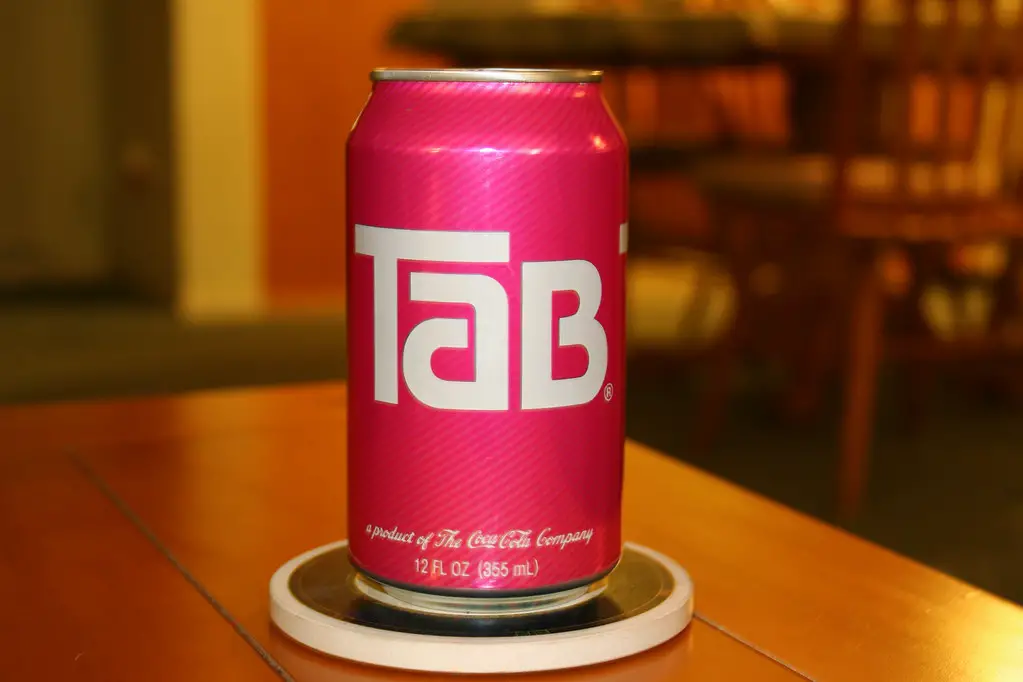
Tab, Coca-Cola’s first-ever diet soda, officially left the shelves in 2020, but lingering supplies and niche availability kept it alive in select stores for a few more years. By 2025, however, Tab has completely disappeared, marking the quiet end of a soda that was once synonymous with the diet beverage movement. Its decline began with the rise of Diet Coke and Coke Zero, which catered to a larger, more modern audience and effectively eclipsed Tab’s fanbase.
Tab maintained a loyal but small group of fans who campaigned to keep it on shelves. However, Coca-Cola ultimately decided that its limited sales didn’t justify the production costs. The soda’s retro branding and polarizing taste struggled to resonate with younger consumers, who favored newer low-calorie options. Despite its cult following, the discontinuation of Tab reflects a broader trend of legacy brands being replaced by more innovative, health-conscious alternatives in the beverage market.
12. Kraft Singles Fat-Free Cheese
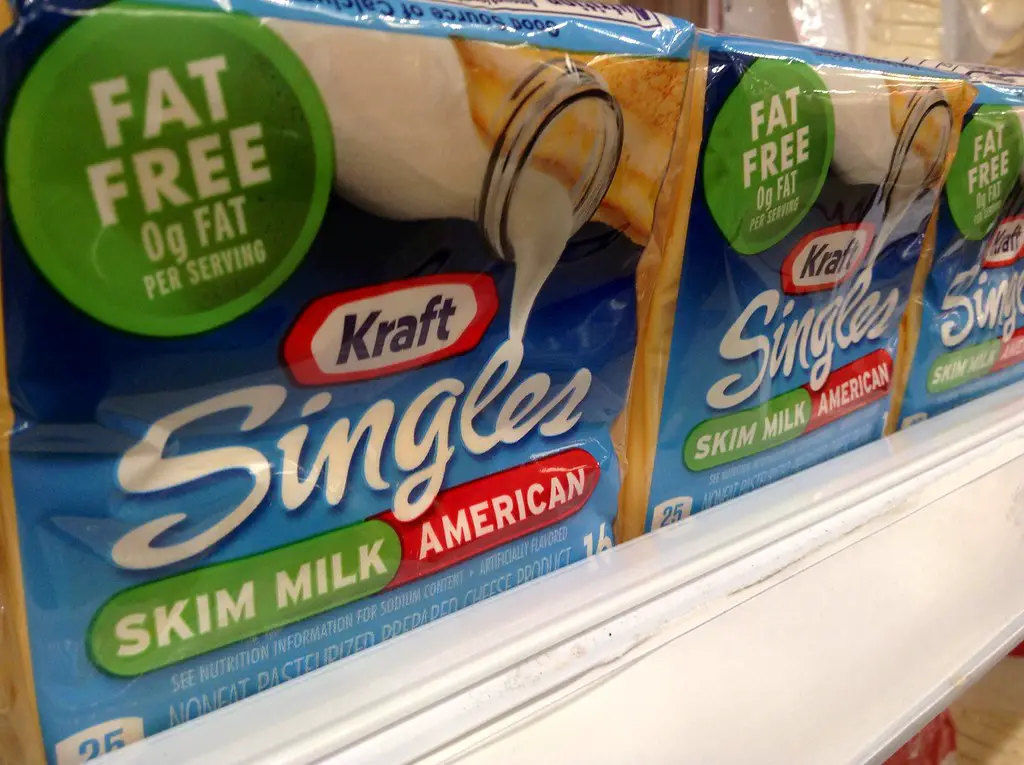
Kraft Singles have long been a staple in households, but the fat-free version of this processed cheese product is quietly vanishing in 2025. Consumer demand for full-fat and more natural dairy products has grown significantly in recent years, making fat-free cheese a less desirable option. The product faced criticism for its artificial ingredients and lack of flavor, which didn’t align with the modern push for healthier, more authentic food choices.
Sales of fat-free dairy products have steadily declined as more consumers seek whole, minimally processed alternatives. The fat-free version of Kraft Singles, often considered a relic of the low-fat diet craze of the 1990s, struggled to stay relevant in an era where taste and quality take precedence. By focusing on its classic and organic lines, Kraft aims to cater to changing consumer preferences while phasing out products that no longer meet market demands.
